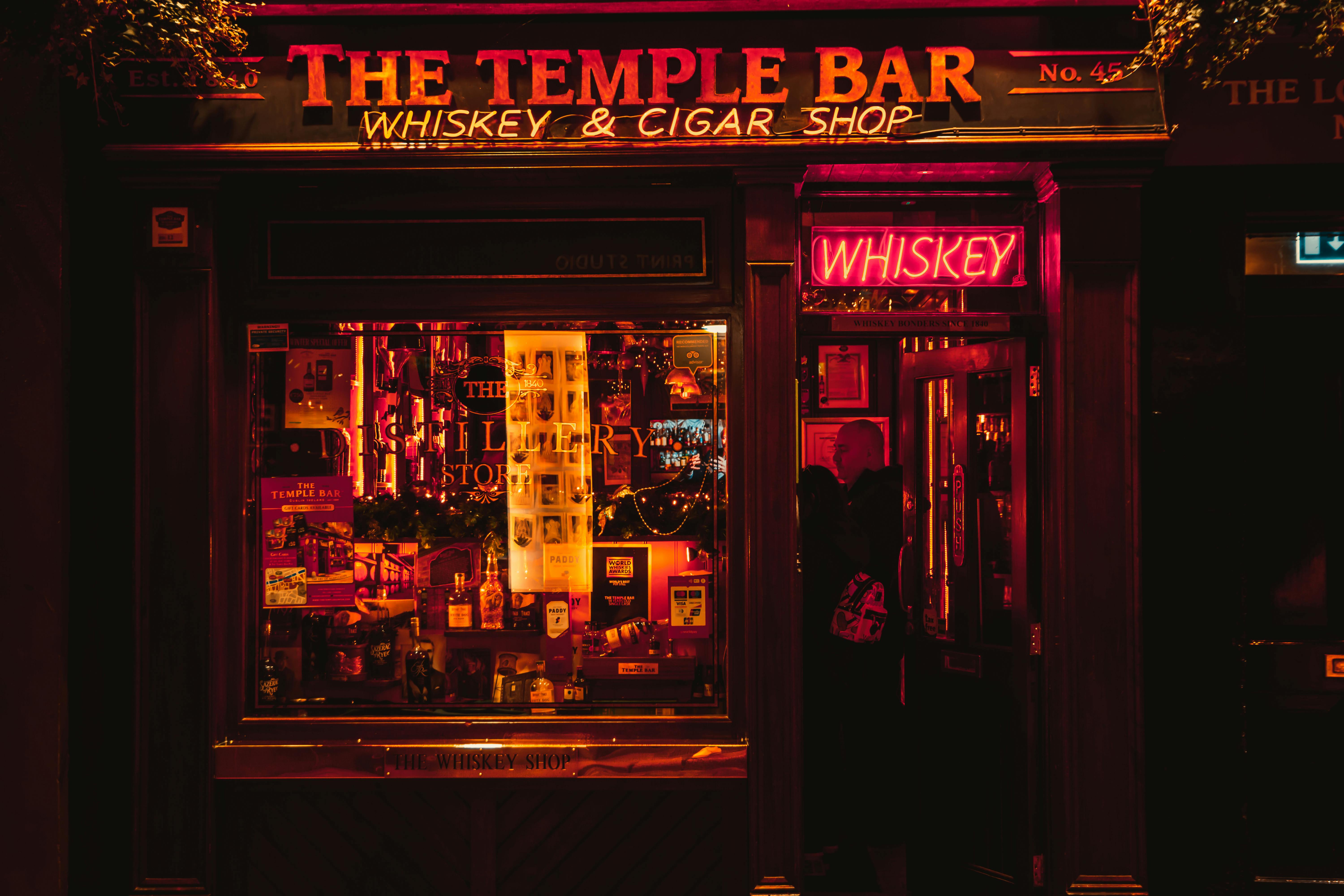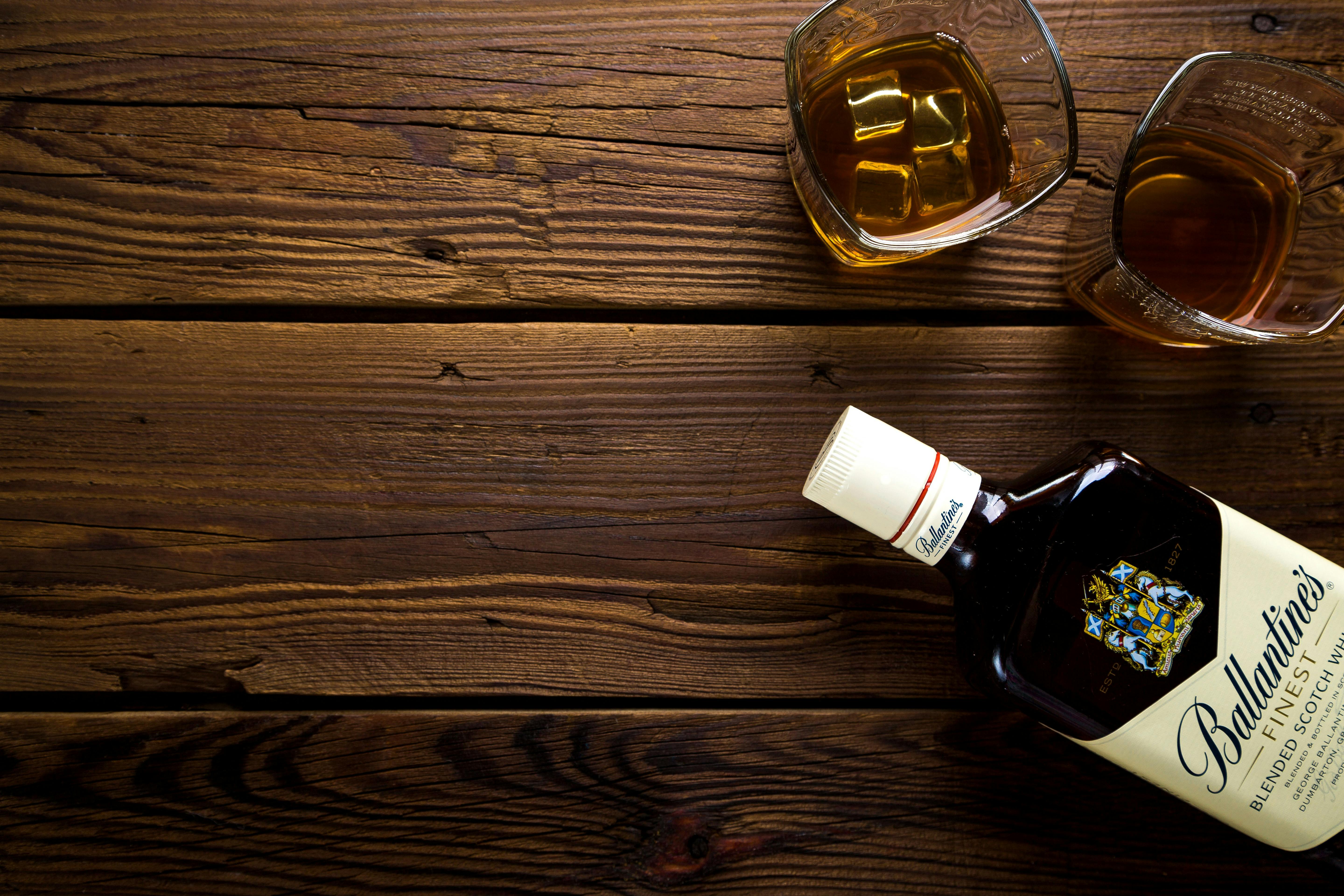Distilling beer into whiskey is a process that has been around for centuries, and it’s one that is becoming increasingly popular among home brewers. Through the distillation process, brewers can take their favorite beer recipes and turn them into something entirely new – whiskey. The process of distilling beer into whiskey requires some specialized equipment and knowledge, but with a little effort and patience, you can create a unique and delicious spirit. In this article, we’ll discuss the basics of how to distill beer into whiskey, including what types of equipment you need and how to go about the distillation process.Yes, it is possible to distill beer into whiskey. This process is known as distillation and involves boiling the beer to separate the alcohol from the other ingredients. The resulting liquid is then cooled and collected, which yields a strong alcoholic beverage with a higher alcohol content than the original beer. Distilling beer into whiskey requires specialized equipment and knowledge of distilling techniques, so it’s not something that can be done without proper guidance and experience.
Types of Beer Suitable for Distilling
Distilling beer is a process that allows brewers to create alcoholic beverages with higher alcohol content than regular beers. There are a few different types of beer that are suitable for distilling, including pale ales, porters, stouts, and wheat beers.
Pale ales are generally light in color and have a slightly sweet flavor. They usually have a moderate amount of hops, which provide the beer with its bitterness. Porters and stouts are darker in color and have a maltier taste. Stouts often contain roasted barley and dark malts, giving them their signature dark color and roasted flavor. Wheat beers are also popular for distilling, as they have an intense wheat flavor and aroma.
The type of beer chosen for distilling will depend on the desired outcome. Different types of beer will produce different end results when distilled. For example, pale ales will produce light-bodied spirits that are slightly sweet in taste, while porters or stouts will create robust spirits with intense roasted flavors. Wheat beers can be used to create complex spirits with fruity or spicy flavors.
When choosing what type of
Step 1: Gather the Necessary Ingredients
The first step in distilling beer into whiskey is to gather the necessary ingredients. This includes a brewing kit, a pot still, and a collection of malted grains. The grains should be milled and mashed together to create the wort, which will be the base of the beer. The pot still will be used to heat and evaporate the wort, creating the alcohol that will be distilled into whiskey.
Step 2: Prepare and Distill the Beer
Once all of the ingredients have been gathered, it is time to prepare and distill the beer. First, the wort must be boiled until it reaches its desired gravity. Once this has been done, hops can be added for flavor before cooling it down with cold water. The cooled beer should then be transferred to a fermenter where yeast is added and allowed to ferment for several days or up to a week. After fermentation has been completed, the beer should then be transferred to the pot still and slowly heated until it begins to evaporate. This process should take several hours and requires careful monitoring
Equipment Needed for Distilling Beer into Whiskey
Distilling beer into whiskey is a complex process that requires the right equipment. To distill beer into whiskey, you will need a still, which is a type of apparatus used to distill liquid mixtures by heating them to separate components with different boiling points. You will also need a fermentation vessel, such as a carboy or bucket, for fermenting your beer. Of course, you’ll need some type of heat source as well, such as a burner or stovetop. Additionally, you’ll need thermometers and hydrometers to measure the temperature and alcohol content of your brews. Lastly, you will need an airlock and tubing to allow gases to escape without allowing oxygen to enter the fermentation vessel.
With the right equipment in hand, you are ready to begin distilling your beer into whiskey. Depending on the type of still you are using, the process may vary slightly; however, the basic process is fairly straightforward. First, prepare your beer by adding yeast and other ingredients according to your recipe and let it ferment in the vessel for several days or weeks until it has
Safety Considerations for Distilling Beer into Whiskey
Distilling beer into whiskey is a great way to make your own unique craft spirits. However, it is important to consider safety when attempting this process. The first step to ensure the safety of the distillation process is to obtain all the necessary permits and licenses. In some states, it may be illegal to distill without a permit, so it is important to check with local laws before beginning. Additionally, it is essential that proper safety equipment such as face masks, gloves, and protective eyewear are worn during distillation.
The next step in ensuring safety during distilling beer into whiskey is to ensure that all of the proper equipment is used. This includes an appropriate mash tun or fermenter for brewing the beer, a still for distillation, and a condenser for cooling the spirit vapor. Additionally, it is important that all of these pieces of equipment are clean and free from contaminants prior to use. Proper maintenance of these pieces of equipment will help ensure a safe distillation process.
Finally, it is important that proper safety procedures are followed while distilling beer into whiskey. This

Pros of Making Whiskey from Beer
Making whiskey from beer can be a great way to create a unique and interesting spirit. The process of distilling beer into whiskey adds complexity to the flavor profile, creating a unique and flavorful beverage. Additionally, using beer as the base for a whiskey helps to cut down on the cost of production since beer is generally cheaper than grain or other bases for spirits. This makes it possible for distillers to create high-quality spirits at an affordable price. Furthermore, the process of distilling beer into whiskey is relatively straightforward and can be done with minimal equipment.
Cons of Making Whiskey from Beer
One of the primary drawbacks of making whiskey from beer is that it can be difficult to control the flavor profile of the finished product. Since different beers will have different flavor profiles, it can be difficult to predict exactly how the whiskey will turn out. Additionally, some brewers may find that their process yields a lower alcohol content than other spirits, as beer typically has lower levels of alcohol than grains or other bases used for distillation. Finally, due to the complexity of flavors created during the distillation
Flavor & Aroma Differences Between Whisky and Beer
The flavor and aroma of whisky and beer are quite distinct from one another. Whisky is typically made from malted barley, which gives it a strong, malty flavor and aroma. Beer, on the other hand, is usually made with a variety of grains, hops, and other ingredients that give it a sweet, earthy flavor and aroma.
Whisky is distilled to create a higher alcohol content than beer, so it has a much stronger flavor and aroma. The flavors found in whisky range from sweet to smoky to spicy and can even have hints of wood or peat. The aromas found in whisky include caramel, oak, smoke, vanilla, honey, and leather.
Beer has flavors that range from sweet to bitter depending on the type of grains used in the brewing process. Common flavors found in beer include maltiness, hops bitterness, caramel sweetness, roasted notes, citrus tanginess and chocolate notes. Beers also have their own unique aromas such as floral hop character or fruity esters like banana or cherry.
Both whisky and beer can be enjoyed neat or mixed with other
Making Whiskey from Beer
The process of making whiskey from beer typically takes about three weeks to complete. The first step is to create a mash, which involves combining malt, water, and yeast to create a wort. This wort is then fermented for several days until it has reached the desired alcohol content. After fermentation is completed, the beer is distilled into whiskey. The entire distillation process can take anywhere from two to four days. After distillation, the whiskey needs to be aged in wooden barrels for at least two years in order for it to be considered “aged whiskey.”
Once the aging process is complete, the whiskey can be bottled and sold commercially. Depending on the type of whiskey being made and the desired flavors, various types of barrels can be used during aging such as oak or sherry casks. The longer a whiskey ages, the more complex its flavors will become. Once bottled, it is ready for sale and consumption.
Making whiskey from beer is an interesting process that requires patience and skill. It can take several weeks or even months before you have a finished product that you are happy with. However, if done correctly

Conclusion
Brewers have been experimenting with distilling beer into whiskey for years, and the results are often worth the effort. The resulting product is a unique and flavorful spirit, but it is important to remember that the process of distillation is complex and should be done with care. It is also important to understand the legalities of distilling alcohol before attempting to do so at home. Ultimately, if you have the patience and respect for the process, you can create a delicious whiskey from your favorite beer.
Whether you’re looking to start a new hobby or just want to try your hand at something new, distilling beer into whiskey can be a rewarding experience. With patience, attention to detail, and an appreciation for quality ingredients, you can transform your favorite brew into an unforgettable spirit.

